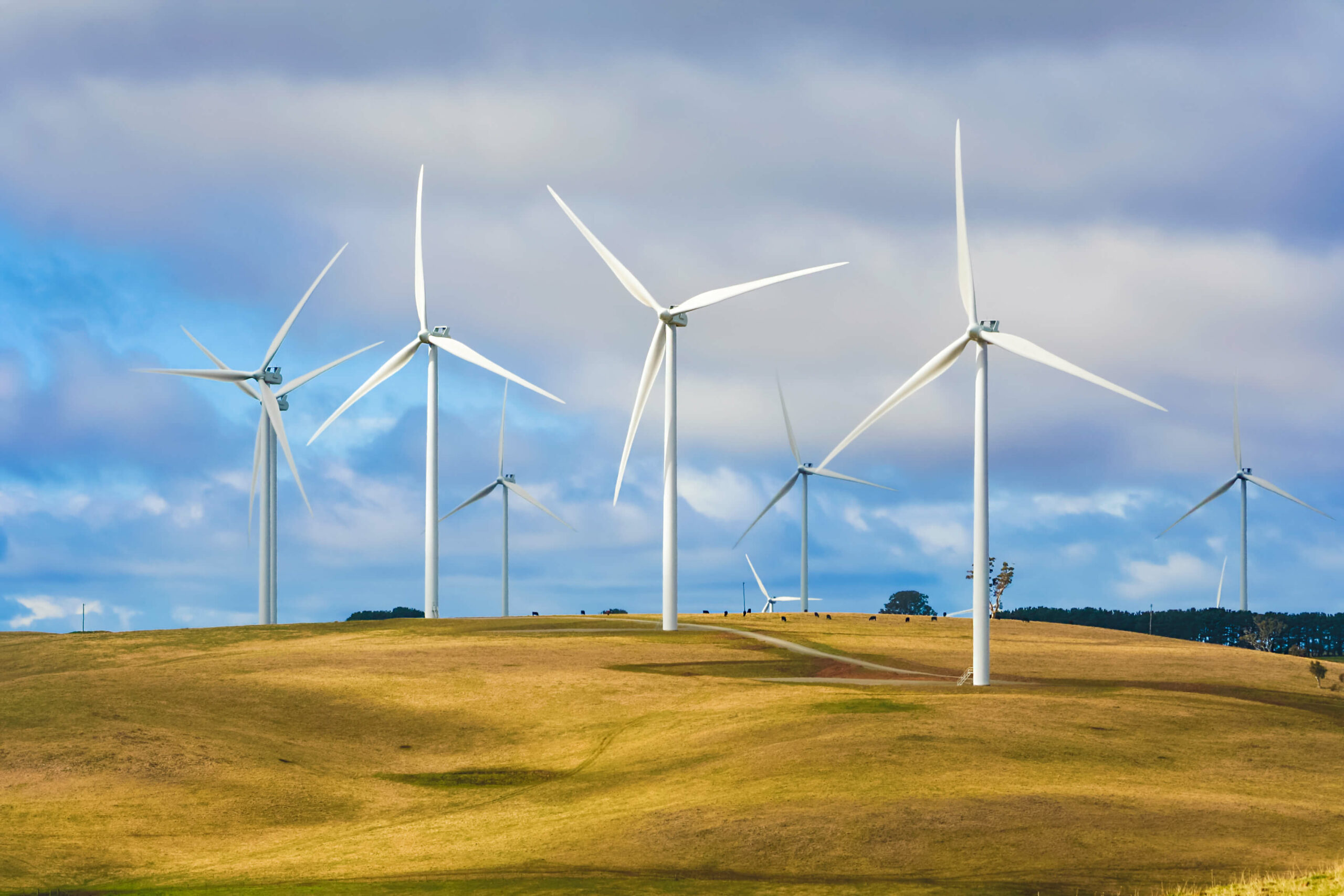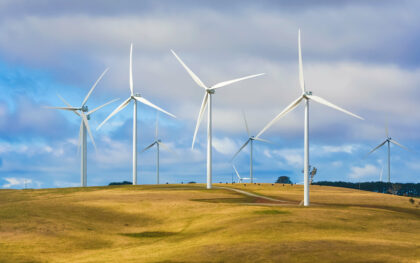PhD Summer School: Remote Sensing for Wind Energy
Overall Course Objectives
To supply the students with understanding of the advances in remote sensing techniques useful in wind energy.
Learning Objectives
- explain basic principles of continuous-wave and pulsed Doppler lidar for wind energy
- be able to interpret and analyse wind lidar data
- describe ground-based and nacelle lidar used in power curve measurements and the basic principles of lidars for wind farm control
- explain remote sensing techniques for observing turbulence and understand why lidars are not measuring the same turbulence as in-situ sensors
- list the sensors needed to measure physical parameters related to the wind profile
- be able to reconstruct orthogonal wind components from line-of-sight speeds
- understand the main sources of uncertainty that impact lidar accuracy
- develop a typical measurement plan using remote sensing devices for wind data
- explain the basic principle of radar for wind and wake
- understand temporal scales of flow characterization, main methods for wind resource assessment and major differences between on-shore and offshore flow related to wind energy
- explain the basic principles of airborne lidar for land surface characterization
- explain the principle behind Synthetic Aperture Radar (SAR) wind retrieval over the ocean
Course Content
This 5-day summer school will focus on advances in remote sensing techniques useful in wind energy. The themes to be covered are development, instrument configuration, signal processing, data analysis and applications of various remote sensing instruments including LIDAR and SAR both ground- and satellite-based instruments. Applied use includes wind resource mapping, wind profiling, power curve, wind loads, turbulence, and wind turbine control. Theoretical aspects of scattering and atmospheric boundary-layer characteristics relevant in remote sensing for wind energy will also be covered. Practical experiments will demonstrate remote sensing methodologies, and discussion of advantages and limitations.
Recommended prerequisites
M.Sc. in Engineering, Physics, Mathematics or similar
Teaching Method
lectures, hand-on and demonstrations
Faculty
Limited number of seats
Minimum: 12, Maximum: 32.
Please be aware that this course has a minimum requirement for the number of participants needed, in order for it to be held. If these requirements are not met, then the course will not be held. Furthermore, there is a limited number of seats available. If there are too many applicants, a pool will be created for the remainder of the qualified applicants, and they will be selected at random. You will be informed 8 days before the start of the course, whether you have been allocated a spot.






